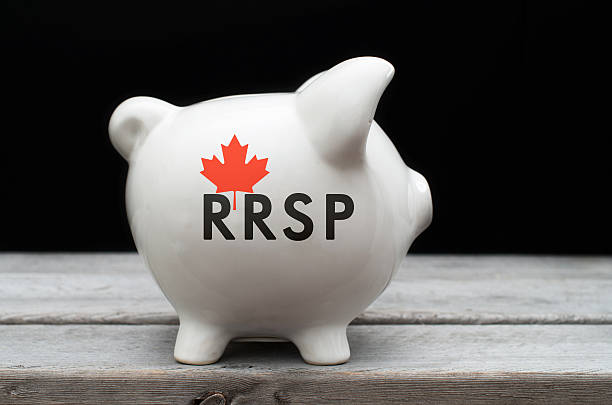
A registered tutoring savings arrangement as well known as RESP, is an investment vehicle employed by parents to save for their kid’s post-secondary education in Canada. The chief advantages of registered education savings plan are the admission to the Canada education savings grants and a source of tax-deferred income. An registered education savings plan is a tax shelter, designed to advantage post-secondary undergraduates. By a way of an RESP, contributions are, or have by now been, taxed at the contributor’s tax price, though the investment growth is taxed on taking out at the beneficiary’s tax charge. These individuals, who are the beneficiaries of registered education savings plan normally pay modest or no centralized returns tax, owing to teaching and learning tax credits. As a result, with the tax at no cost principal contribution offered for withdrawal, Canada Education Savings Grant, and virtually-tax-free interest, the apprentice will have a good source of returns to support his or her post-secondary tutoring. Actually Canada Education Savings Grant is usually given out to complement Registered Education Savings Plan contributions, wherein the government of Canada contributes some percentage of the first annual contributions made to an RESP.
After amendment introduced of late in the Canadian federal financial plan, the government might make a payment up to an assured price per annual to a participating registered education Savings arrangement, to a lifetime uppermost fee of a particular sum. An application is made via the advertiser of the Registered Education Savings Plan, which is usually mutual fund company, a bank or group RESP contributor. It is common place for guardians or parents to open a tutoring savings plan where they bank. Numerous companies that offer to take a person RESP contributions and invest them for those people. In theory, when a person’s kid commences a program of edification after completing high school, the companies can now pay the child an amount as agreed to in the agreement. There are benefits and shortcomings to keeping the Registered Education Savings Plan at a bank branch, in particular as the total amount it contains grows bigger.
For numerous plans, the total a child gets can be higher than projected because that child will receive some of the investment returns due to the funds forfeited by other families who had to refrain from the plan before they are given their share of the earnings on their outlays. Furthermore, if some other families couldn’t meet the expense of making their payments or if their teenager did not move on to higher learning, the family might get a hold on some of the cash produced by their contributions. The danger of losing a large sum of their cash if they will be unsuccessful to keep making regular payments helps trigger off some individuals to keep contributing even when they would relatively not. Some plans make it hard to obtain individual funds if their child goes into an alternative educational program. Additionally, some arrangements makes it tricky to obtain your money if the kid begins higher learning at a younger-than-projected time.The 4 Most Unanswered Questions about Savings

/i.s3.glbimg.com/v1/AUTH_e7c91519bbbb4fadb4e509085746275d/internal_photos/bs/2023/w/N/fnwlDKQBKiYFoSBowKqw/snapinsta.app-1080-330265047-3363289107247989-6068226872225092422-n.jpg)






